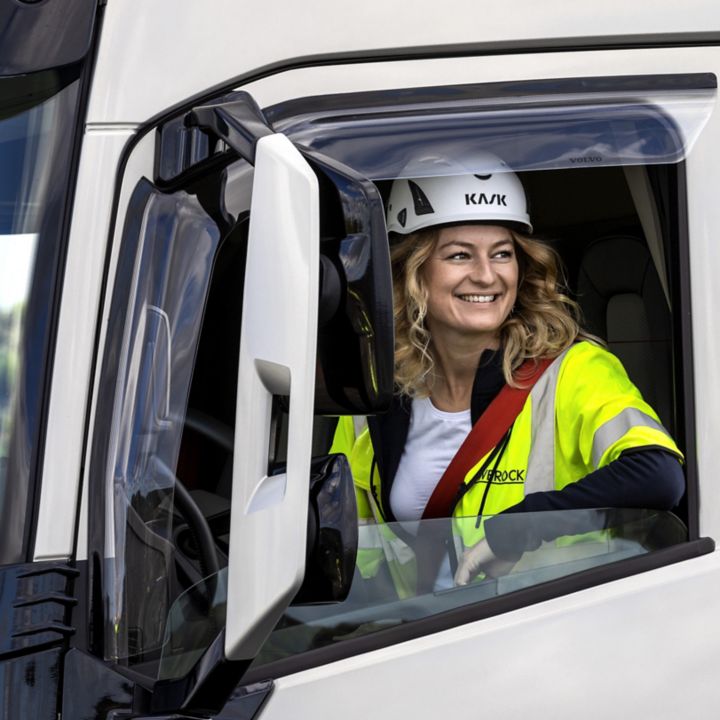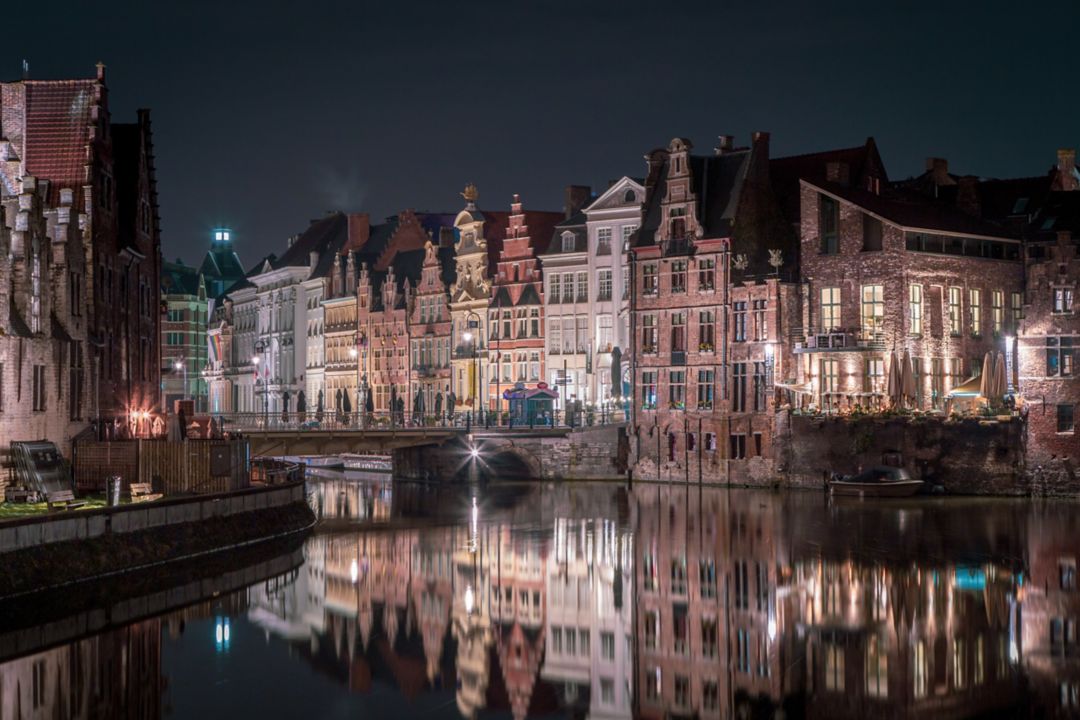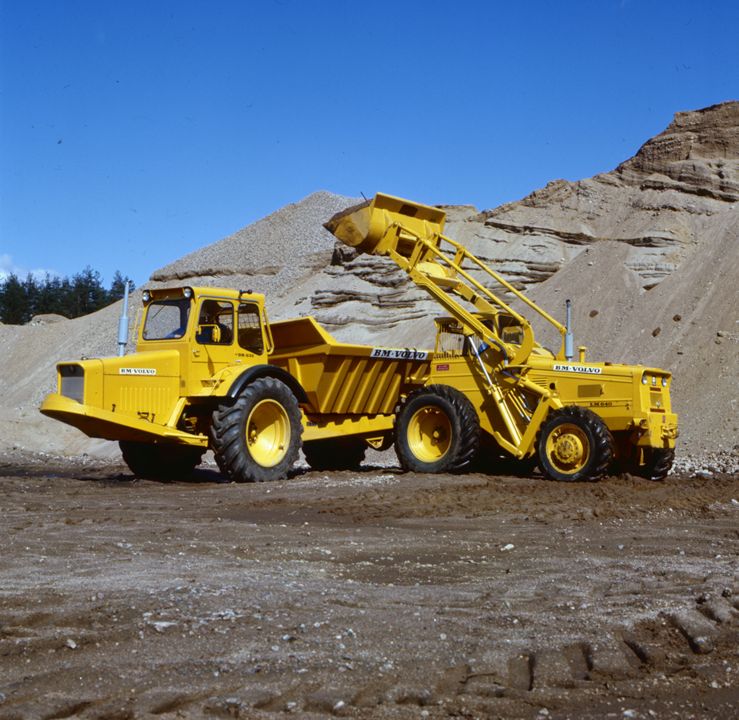The first electric Volvo bus – a silent
success heard all over the world
In 2015, when the first fully electric Volvo bus was put into regular traffic, it proved to the world that sustainable transport solutions are not only imaginable, but possible. Since then, Volvo’s electric vehicle offering has gone from strength to strength.
It’s 1976. If you look closely at the door handles, you might see it. But apart from the handles it shares with cars in the Volvo 240 series, there’s little else to show that this concept car was built by Volvo engineers experimenting with electric powertrains.
The technology behind the electric prototype may not have much in common with today’s serial-produced heavy-duty electric trucks – but one could argue that it was here the potential of electric vehicles was discovered. Later, in the mid-1990s, protypes of an electric bus and an electric truck were developed. With attention-grabbing vehicles like this being unveiled, interest continued growing. By the turn of the 21st century, the potential for electric vehicles was huge.
In 2015, Volvo’s first fully electric bus made its debut on bus route number 55 on the streets of Gothenburg. The event attracted worldwide attention – even by then, functional, commercially viable, serially produced examples of fully electric commercial vehicles were far and few between. The bus ferried passengers between the science park in Lindholmen and the city’s technology university, Chalmers. The route’s first passengers were surprised by the vehicle’s silence – a feature of electric travel that was successfully highlighted in a worldwide advertising campaign for the technology. Starring musicians Seinabo Sey and Zara Larsson, the campaign featured the artists in concert on the bus.
At Volvo, this event signified the start of a roll-out of commercial electric propulsion solutions including a world-leading range of electric machines from Volvo Construction Equipment, a full range of electric vehicles from Volvo Trucks, and more. Look around you now, and you may see electric-powered vehicles fulfilling a variety of functions on city streets – collecting refuse, making deliveries, fighting fires, building roads and, of course, carrying people.
Today, Volvo’s intention is to reach net-zero greenhouse gas emissions – and a 100% fossil-free vehicle range – by the year 2040. Electric vehicles are set to play a huge part in this. Much is yet to be determined, but there’s one thing we can say for sure – bus route number 55 marked the start of a paradigm shift that was felt across an entire industry and around the world.








